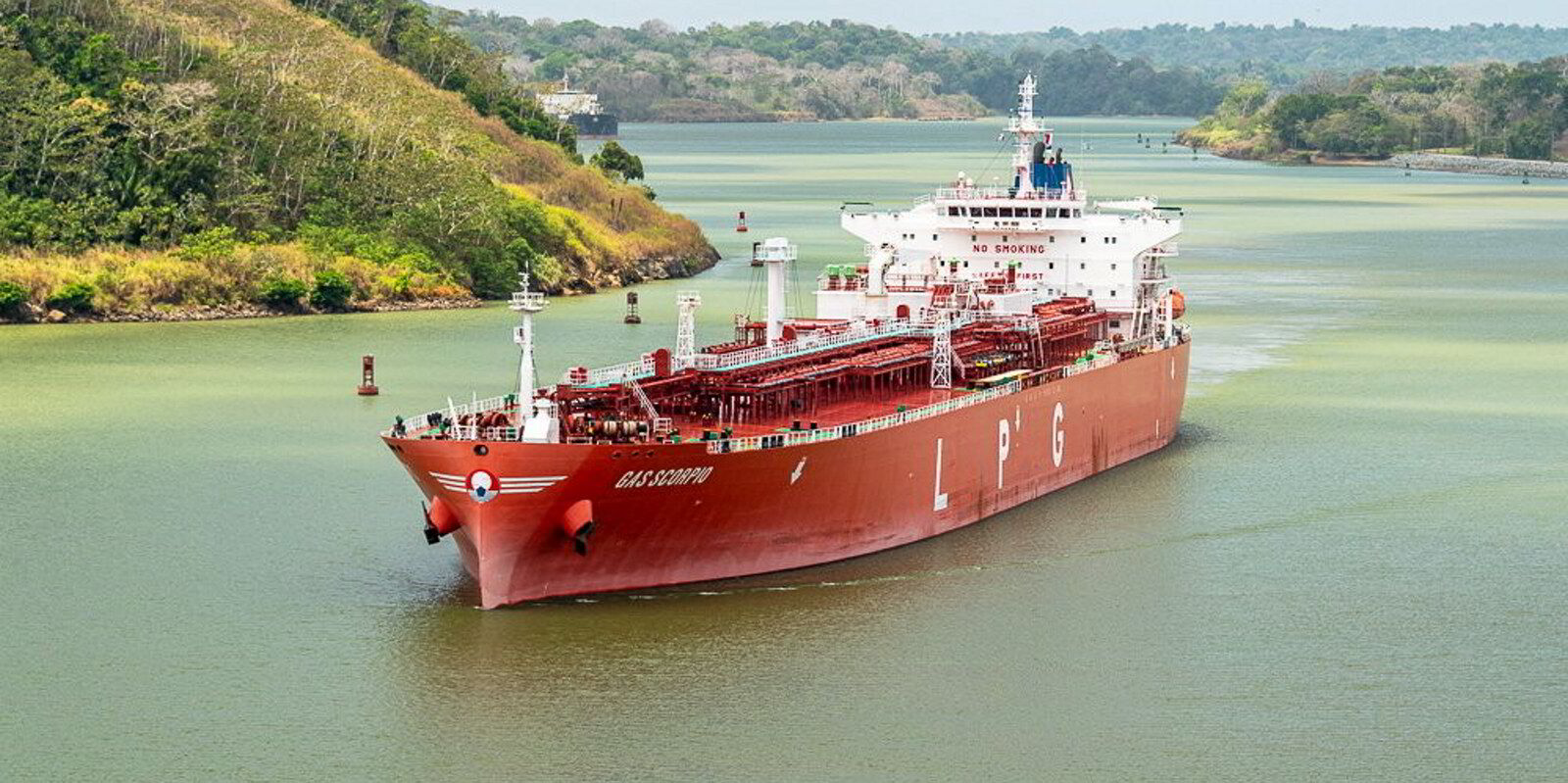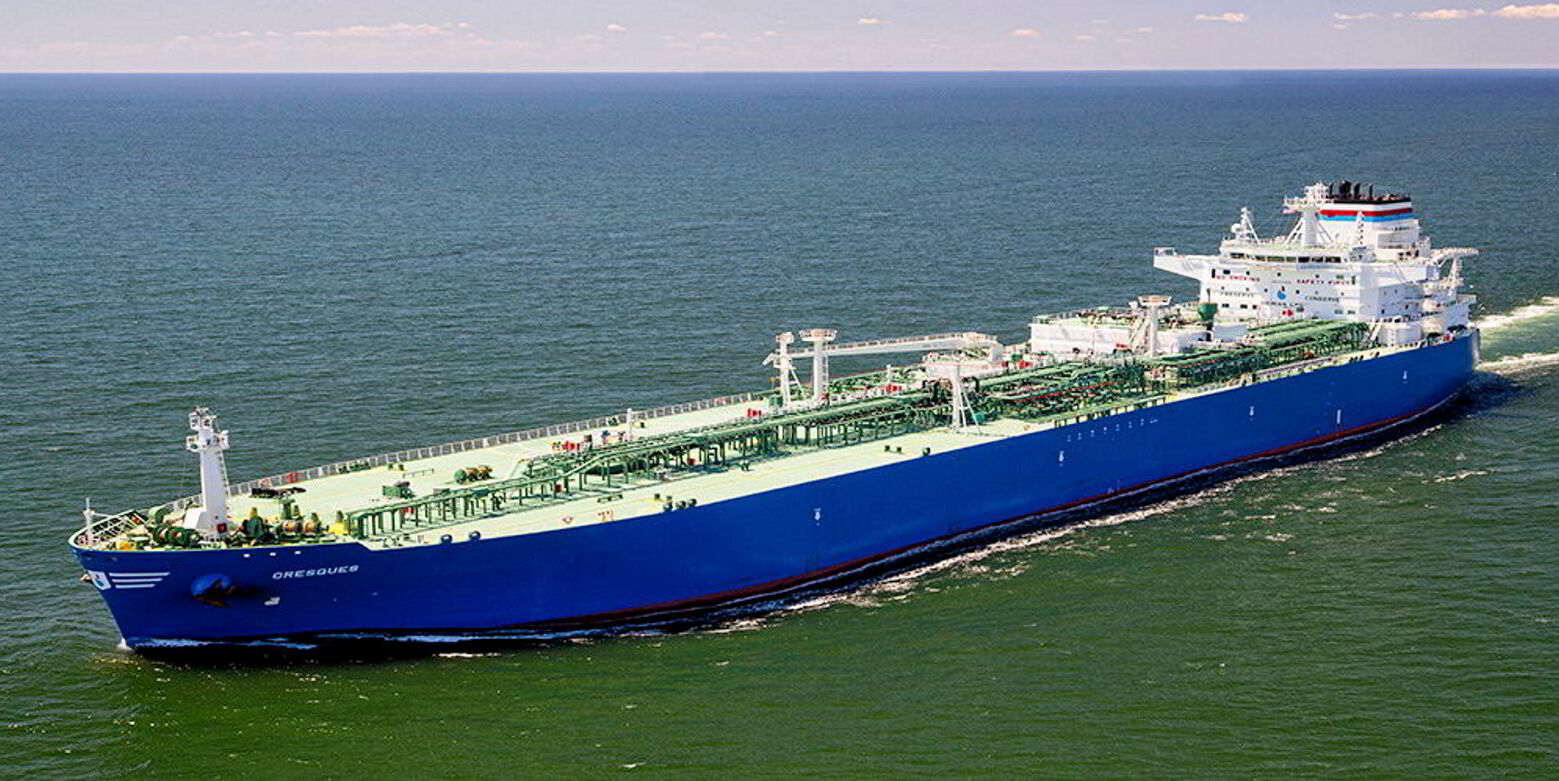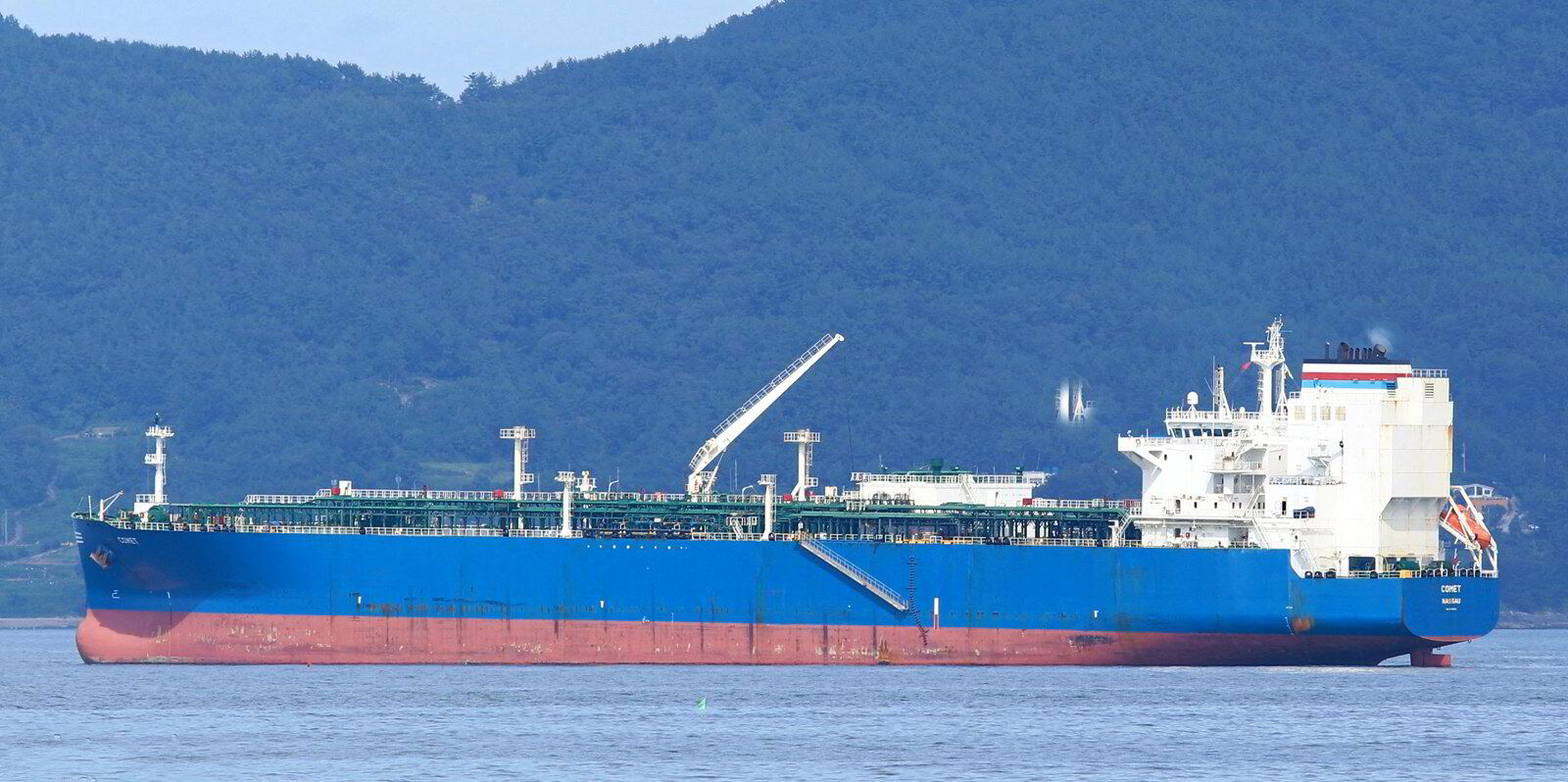VLGC spot rates appear to have reached the bottom of their summer slump, according to the majority of shipowners, analysts and shipbroking researchers polled by TradeWinds.
But the winter peak may not be as high as last year’s spike as the experts watch factors like US and Middle East exports, the number of Panama Canal transits available to VLGCs, geopolitical risks and Atlantic hurricane season.
Average spot rates have rebounded to an average of $52,800 per day as of Friday, after surging from a six-month low of just under $30,900 per day earlier in August, according to Thursday’s reading of the Baltic LPG index.
And in a market that typically ramps up for the winter, the future market shows expectations for seasonal trends to hold. But after recent spot market hikes, the climb is not a steep one.
Forward freight agreements show a December peak of $127 per tonne on the route from the US Gulf Coast to Japan, according to data from the Baltic Exchange as of Frday.
That is up from a spot rate of $118 per tonne, which implies earnings of nearly $48,300 per day.
BW LPG’s Kristian Sorensen
BW LPG chief executive Kristian Sorensen, whose company is a leading VLGC owner that is about to get even bigger after announcing a deal to buy the fleet of Avance Gas, said sentiment has risen in the last few weeks after rates touched bottom at $30,000 per day for lifting out of the US Gulf Coast.
He told TradeWinds that it is impossible to say exactly how high the winter peak will be.

The chief executive said the busier winter market typically starts in September and October, as companies begin booking cargoes for delivery in northeast Asia.
Sorensen said December futures for the Houston-to-Japan trade, which at the time he gave his outlook were trading at the equivalent of $50,000 per day, are the best reference point for where rates are headed.
Sorensen said the Panama Canal is also a major driver, as a reduction in the number of available transits instantly lifts VLGC rates.
“The number of transits for VLGCs is a consequence of other shipping segments, especially containers, and the weather, like we saw last year, and is a very unpredictable factor,” he said.
“At the moment, the Panama Canal is working efficiently and is a non-driver of rates, and still we have rates at healthy levels. So, there is good upside potential.”
But geopolitical factors “cannot be disregarded” as a downside risk.
“Unforeseen geopolitical events can turn the balance of the market,” Sorensen told TradeWinds.
Avance’s Oystein Kalleklev
Even though Olso-listed Avance Gas has sold all its VLGCs to BW LPG, it still has one more winter peak before it has to hand over the 12 ships.
Chief executive Oystein Kalleklev said it “seems like the summer slump is over” with rates moving sharply upwards — a trend that he said is in line with historical seasonality.
“No big surprise,” he said.
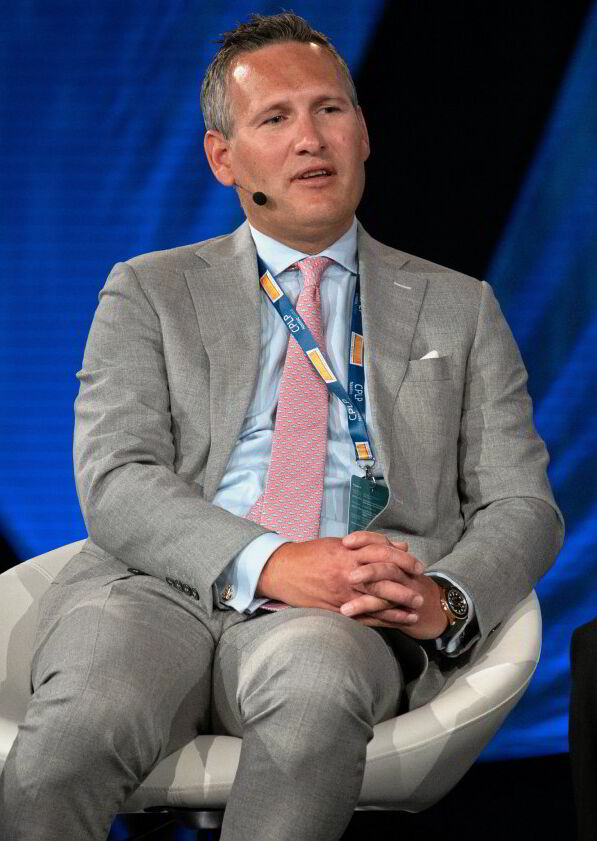
Seasonal trends should continue as the second half of the year advances, meaning rates will peak in November and December.
He said the futures curve is not on an aggressive upward slope, but he sees FFA prices as a predictor of momentum rather than actual rate levels.
“Product arbitrage levels support much higher rates, but the improvement in slot availability in the Panama Canal this summer increased vessel availability to such an extent that we experienced the summer slump,” Kalleklev said.
“Looking forward, we generally see a tighter market in [the fourth quarter] with more weather waiting and more competition for Panama slots.
Rates could be anywhere in a wide range of between $40,000 and $120,000 per day when the winter market takes hold, he forecast.
“My guess would be somewhere in the middle of this,” Kalleklev said.
Key factors impacting the market include Panama Canal congestion, arbitrage spreads, disruptions and inefficiencies, he said.
When it comes to downside risks, Avance Gas is in a position to not worry about them. If the market heads downward, Kalleklev said the John Fredriksen-backed company has the option to hand over the ships to BW LPG.
“In general, downside risk is tied to economic growth and the supply side of ships,” he said. “However, the latter should be manageable [for] the next couple of years, and that’s why Avance Gas is comfortable with becoming the second-largest shareholder in BW LPG.
Poten’s Shantanu Bhushan
Shantanu Bhushan, a Singapore-based senior market consultant who covers the LPG trade for broking house Poten & Partners, said he also believes the VLGC market has seen its bottom.
“US Gulf LPG export terminals have caught up with the delays, which was mainly due to maintenance works followed by an early arrival of the hurricane season, and then briefly due to the closure of Houston Ship Channel because of the submerged tug vessels,” he said.

“A hot summer also hampered refrigeration capacity thus causing delays. As a result, shipping length kept on piling [leading to] softer rates. Easier Panama [Canal] passage also helped ease vessel availability.”
But the rising schedule of US cargo loadings should support freight rates.
Bhushan said it is difficult to predict the timing of the winter peak, and its heights, with the spot market driven by factors that are hard to forecast.
As an example, he pointed to the combination last year of a reduction in Panama Canal transit slots amid record US LPG exports, which lifted freight rates. Then in January, the VLGC spot market saw massive volatility.
Still, Bhushan said market sentiment and Poten’s conservative fourth-quarter estimate call for rates around $55,000 to $60,000 per day in the Middle East-to-Japan trade, and $60,000 to $65,000 on the US Gulf Coast-to-Japan route via the Panama Canal.
“Rates may increase from the base case projections in case waiting time at the Panama Canal increases,” he said, noting that ships loading in the US could be rerouted on the longer route around the Cape of Good Hope to the Far East.
After all, Panama Canal wait times are just one to two days today, compared to 17 to 18 days in November, Bhushan said.
He said that among the downside risks, weather-related loading delays in the US Gulf Coast could cause a “tonnage overhang” — as they did when Hurricane Beryl slammed the region.
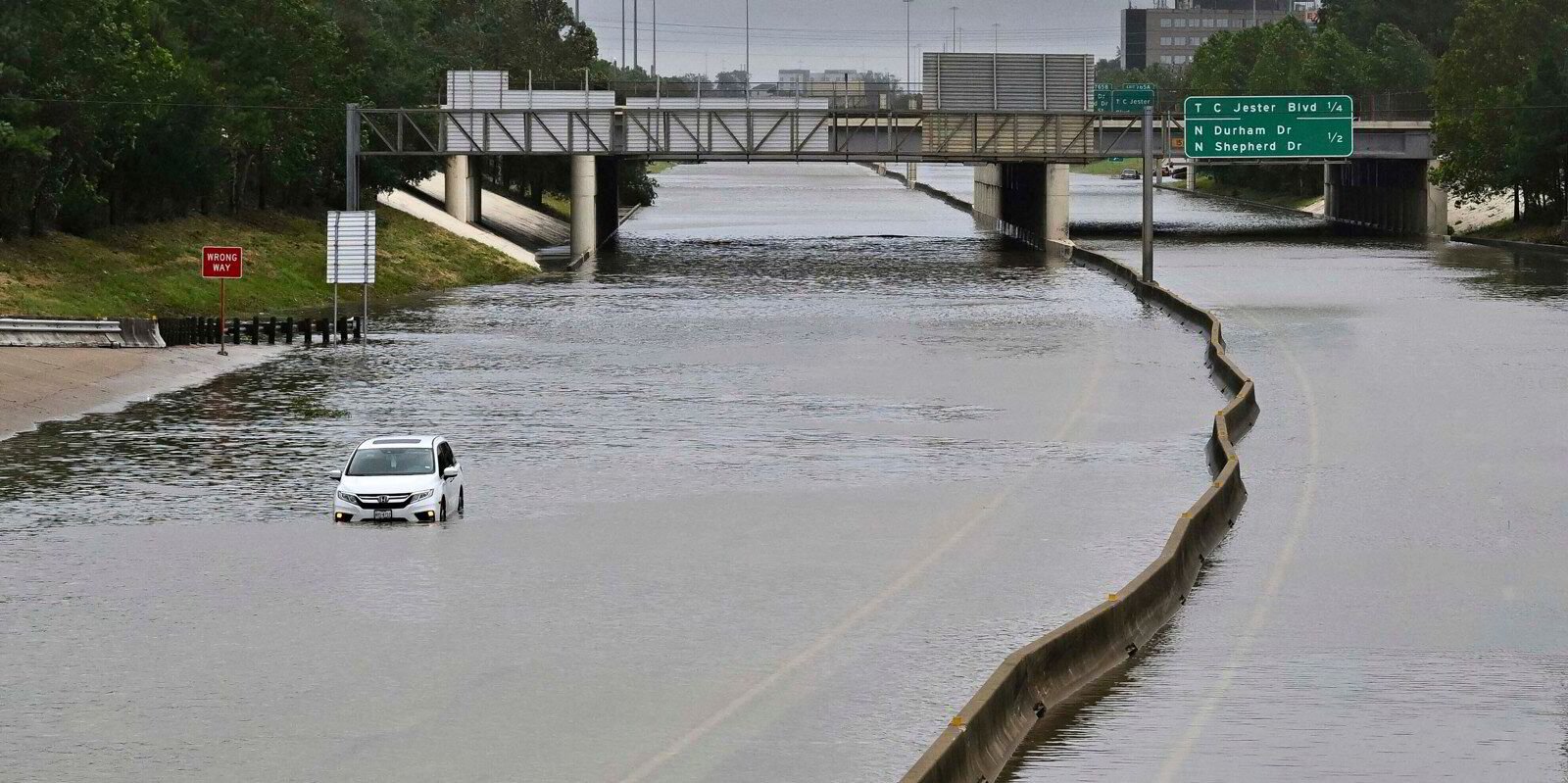
“A warmer winter leading to lower heating demand, unfavourable propane-naptha spread and lower demand from the petrochemical units (in Europe as well as in Asia) may lead to lower trade and vessel demand, and, therefore, lower than projected earnings,” Bhushan said.
“In the Middle East, we foresee some small decline in Saudi exports in the coming months, while exports from other countries in the region may remain steady.”
Gibson’s Senthuran Raviraj
Gibson Shipbrokers lead gas analyst Senthuran Raviraj said the recent rebound in VLGC spot rates was earlier than expected, but he was not ready to pop the champagne.
“While this is welcome news, there is some way to go before it reaches levels seen a few months ago,” he said.

And the end of Panama Canal’s drought woes, which had crimped transits and required VLGCs to take longer routes between the US Gulf Coast and Asia, keeps a cork on optimism.
“Restrictions at Panama Canal are returning to normal conditions, as the water levels at Gatun Lake are now above five-year highs, and the Panama Canal Authority has been increasing vessel slots,” Raviraj said.
“Due to this, VLGCs have returned to Panama Canal instead of travelling via Cape of Good Hope, reducing tonne-miles. As such, there will be a seasonal high in rates in [the fourth quarter], but it will not reach the levels seen a year ago.”
Among key factors that could help support VLGC rates in the months ahead are winter heating demand and China’s hunger for petrochemicals.
Raviraj pointed to high Chinese LPG imports in July, which could continue at the right price when new propane dehydrogenation plants come.
“Strong Indian demand should help support freight as it could help clear any potential length in the East of Suez,” he said.
The hurricane season in the US remains a key risk, especially as forecasters expect an above-average number of storms.
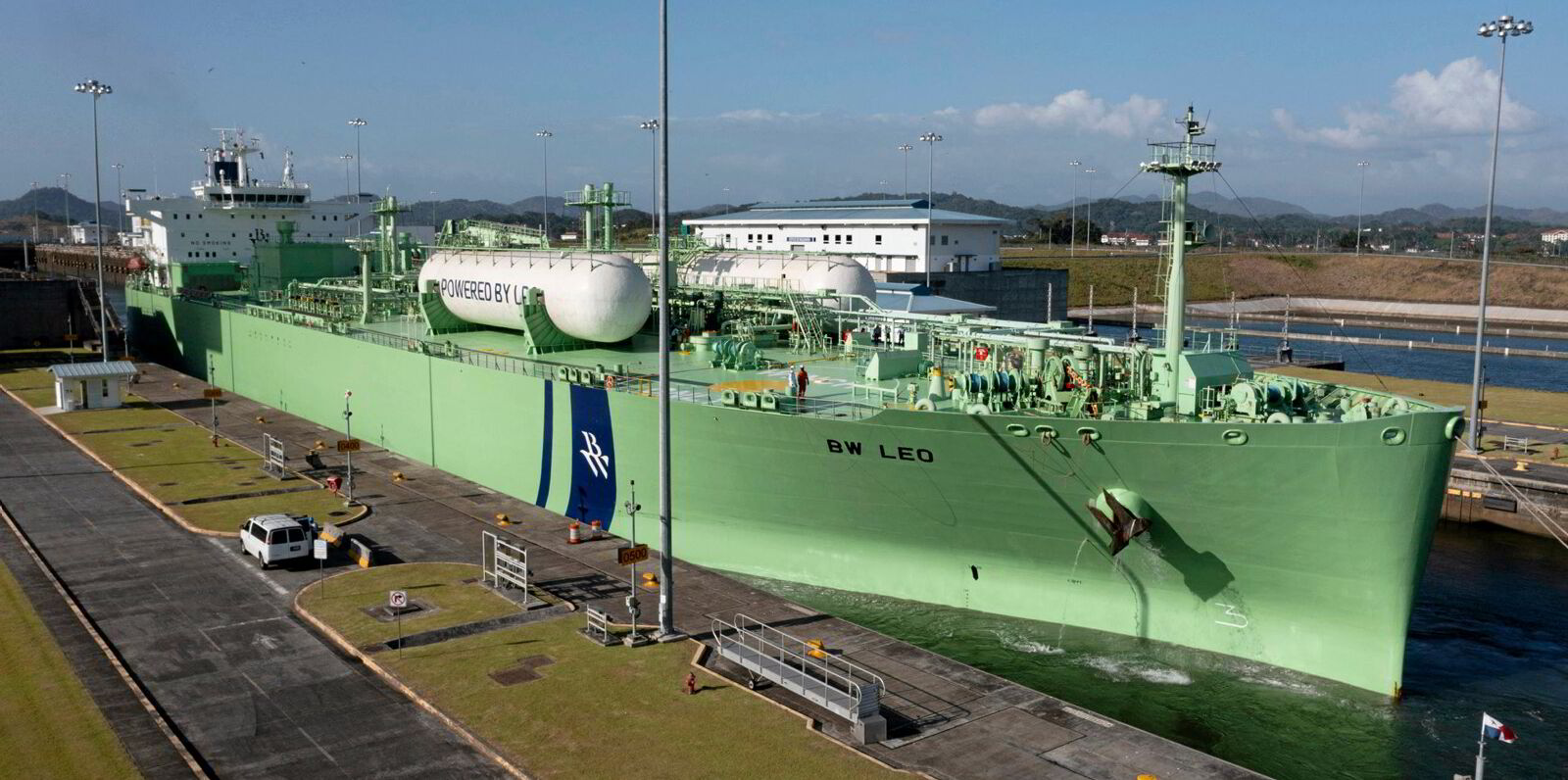
Hurricane Beryl is the only storm that has impacted ports so far this year, but Raviraj said the terminals are still playing catch-up on their contractural cargoes.
“This limited spot availability in turn loosened the market, causing spot rates to fall,” he said.
“Any future prolonged port closures caused by hurricanes will inadvertently loosen the market and cause rates to fall. However, it is worth noting that as seen last week, rates do spike when spot cargoes become available and take longer to come down thereafter.”
Fearnley Securities’ Fredrik Dybwad
Fredrik Dybwad, an analyst at Fearnley Securities, noted the uptick in spot cargoes from the US Gulf Coast and tenders for spot LPG cargoes out of Asia.
“Sentiment in the West remains strong, with seasonality just getting started,” he told TradeWinds.

And he said that while the Middle East market is at a discount of $10,000 per day to the US market, activity is rising, and sentiment has turned positive.
Looking to the winter peak, Dybwad said arbitrage in the LPG market is supportive of rates at current levels.
“However, we expect a slow and steady increase into peak season and expect the fourth quarter to average $50,000 per day,” he said.
“Hence, volatility will be lower this season relative to last year, as the situation in Panama Canal is normalised, we believe. Will likely see fewer large spikes this year.”
Dybwad said steady supply growth in the US and Middle East markets will meet with steadily increasing demand from Asia. And Fearnley Securities expects fewer shocks to hit the supply-and-demand picture.
“Significant upticks in domestic demand inside the US could potentially affect exports negatively, as a larger share of US production is consumed domestically,” he said when asked about downside risks.
“Furthermore, significant drops in Asian demand on the back of, for example, a warm winter could have an adverse effect on seaborne trade and thus freight rates.”
